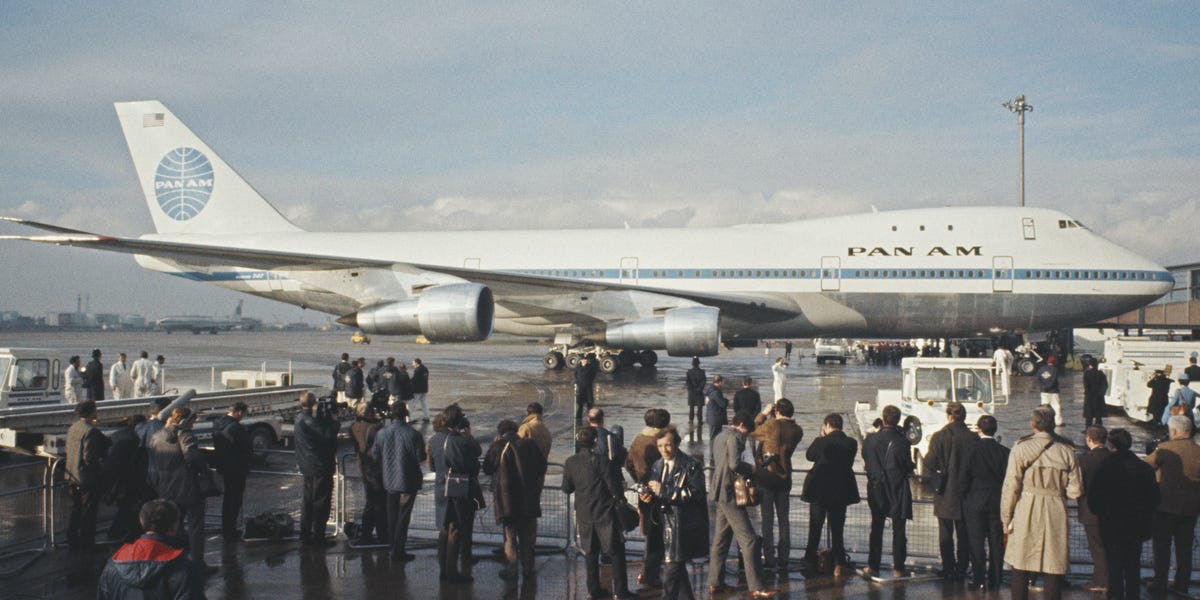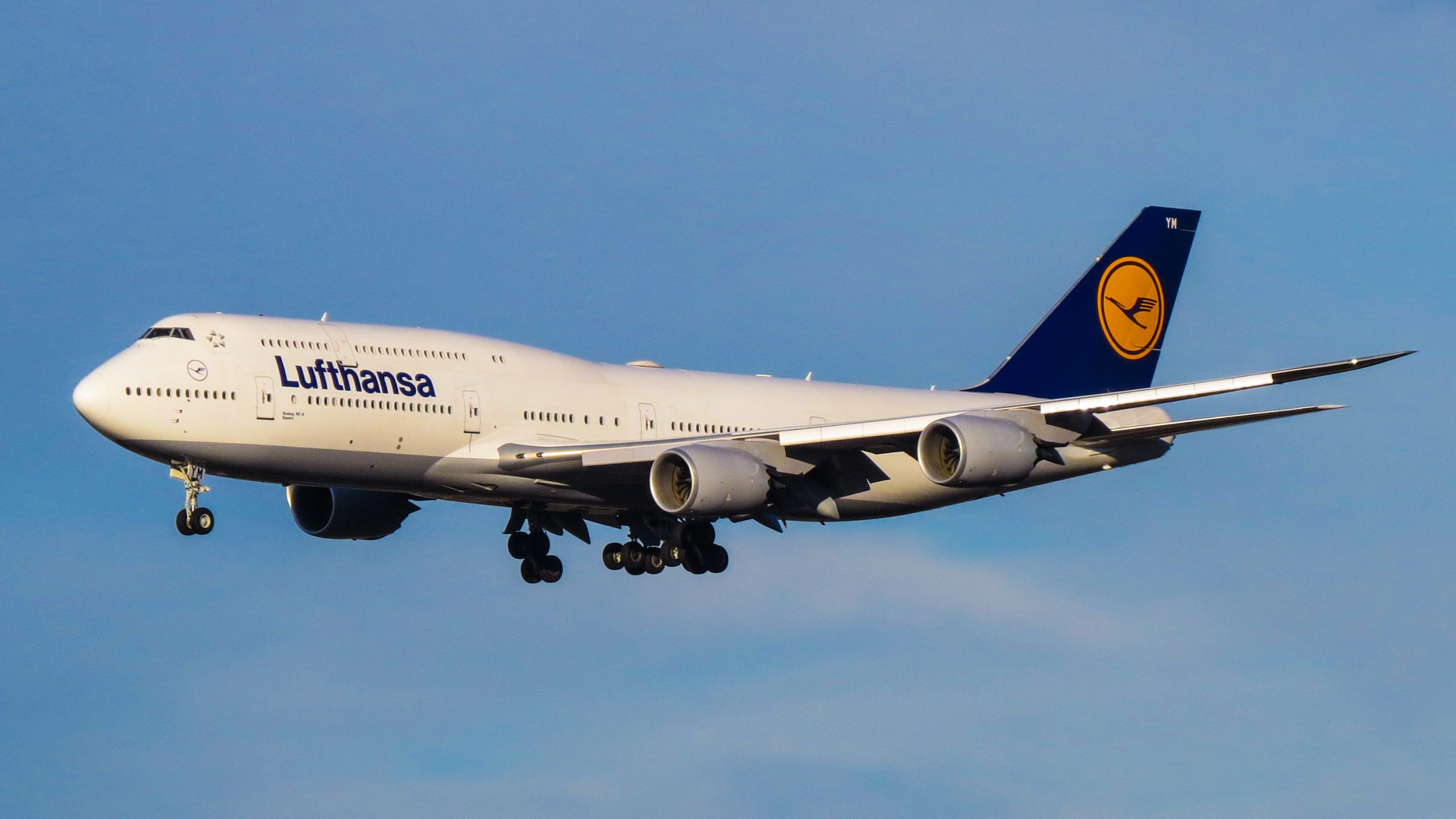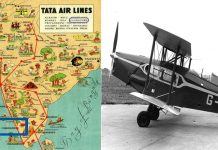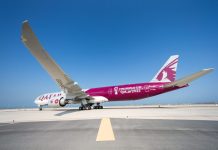Boeing 747 : Jumbo Jet, Queen of the Sky
The Boeing 747 is an American wide-body, long–range, commercial jet airliner and cargo aircraft. The first wide-body airplane produced, it was the first plane dubbed a “Jumbo Jet”. Its distinctive hump upper deck along the forward part of the aircraft has made it one of the most recognizable aircraft.
Manufactured by Boeing’s Commercial Airplane unit in the United States, the 747 was originally planned to have 150 percent greater capacity than the Boeing 707, a common large commercial aircraft of the 1960s. First flown commercially in 1970, the 747 held the passenger capacity record for 37 years.
The 747 uses a double-deck configuration for part of its length and is available in passenger, freighter, and other versions. Boeing designed the 747’s hump-like upper deck to serve as a first-class lounge or extra seating, and to allow the aircraft to be easily converted to a cargo carrier by removing seats and installing a front cargo door.
MALAYALAM VIDEO – History of Boeing 747; The Jumbo Jet
Boeing expected supersonic airliners—the development of which was announced in the early 1960s—to render the 747 and other subsonic airliners obsolete, while the demand for subsonic cargo aircraft would remain robust well into the future.
Though the 747 was expected to become obsolete after 400 were sold, production passed 1,000 in 1993. By June 2019, 1,554 aircraft had been built, with 20 of the 747-8 variants remaining on order. As of January 2017, 60 of the jets have been lost in accidents in which a total of 3,722 people died.
The 747-400, the most common variant in service, has a high-subsonic cruise speed of Mach 0.85–0.855 (up to 570 mph or 920 km/h) with an intercontinental range of 7,260 nautical miles (8,350 statute miles or 13,450 km).

The 747-400 can carry 416 passengers in a typical three-class layout, 524 passengers in a typical two-class layout, or 660 passengers in a high–density one-class configuration. The newest version of the aircraft, the 747-8, is in production and received certification in 2011. Deliveries of the 747-8F freighter version began in October 2011; deliveries of the 747-8I passenger version began in May 2012.
The Boeing 747 is a large, wide-body (two-aisle) airliner with four wing-mounted engines. Its wings have a high sweep angle of 37.5 degrees for a fast, efficient cruise speed of Mach 0.84 to 0.88, depending on the variant. The sweep also reduces the wingspan, allowing the 747 to use existing hangars.
Its seating capacity is over 366 with a 3–4–3 seat arrangement (a cross section of 3 seats, an aisle, 4 seats, another aisle, and 3 seats) in economy class and a 2–3–2 layout in first class on the main deck. The upper deck has a 3–3 seat arrangement in economy class and a 2–2 layout in first class.
Raised above the main deck, the cockpit creates a hump. This raised cockpit allows front loading of cargo on freight variants. The upper deck behind the cockpit provides space for a lounge and/or extra seating.

The “stretched upper deck” became available as an alternative on the 747-100B variant and later as standard beginning on the 747-300. The upper deck was stretched more on the 747-8. The 747 cockpit roof section also has an escape hatch from which crew can exit during the events of an emergency if they cannot do so through the cabin.
The 747’s maximum takeoff weight ranges from 735,000 pounds (333,400 kg) for the -100 to 970,000 lb (439,985 kg) for the -8. Its range has increased from 5,300 nautical miles (6,100 mi, 9,800 km) on the -100 to 8,000 nmi (9,200 mi, 14,815 km) on the -8I.
The 747 has redundant structures along with four redundant hydraulic systems and four main landing gears each with four wheels; these provide a good spread of support on the ground and safety in case of tire blow-outs.

The main gear are redundant so that landing can be performed on two opposing landing gears if the others are not functioning properly. The 747 also has split control surfaces and was designed with sophisticated triple-slotted flaps that minimize landing speeds and allow the 747 to use standard-length runways.
For transportation of spare engines, the 747 can accommodate a non-functioning fifth-pod engine under the aircraft’s port wing between the inner functioning engine and the fuselage.
This fifth engine mount point is also used by Virgin Orbit’s LauncherOne program. Virgin Orbit’s 747-400, dubbed Cosmic Girl, carries the orbital-class rocket to cruise altitude, where the rocket is deployed and then carries its small satellite payload the rest of the way to space.


















